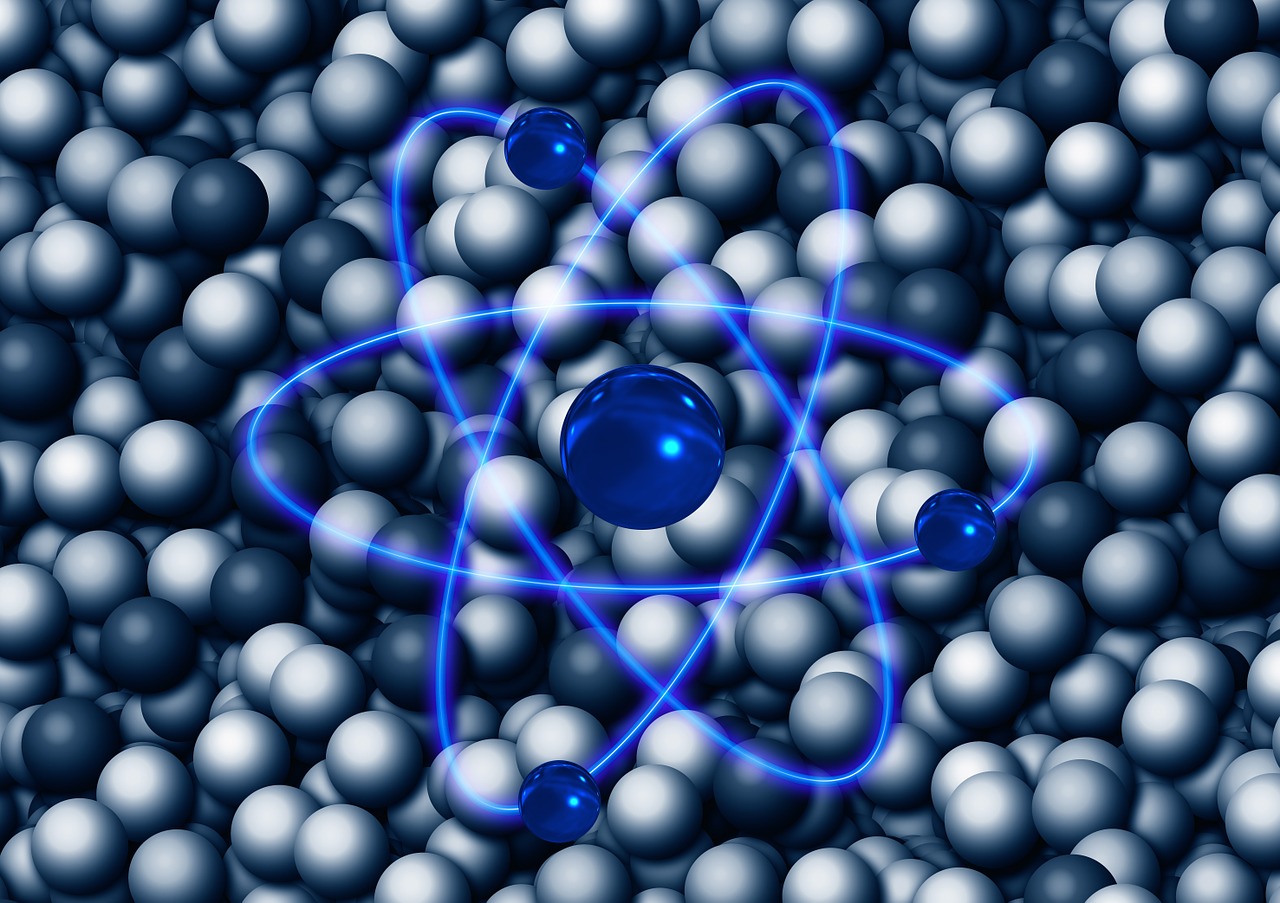News
The Operation of 40-year-old Nuclear Power Units will be Extended by 20 Years
Japan's Atomic Power Regulatory Commission announced on the 5th that Unit 3 of Kansai Electric Power Company's Mihama Nuclear Power Plant complies with the new nuclear power plant safety standards, which means that this nuclear power unit can continue to be used until 2036.Unit 3 of the Mihama Nuclear Power Plant in Fukui Prefecture was officially put into operation in December 1976 and is about to reach the 40-year decommissioning standard. According to Japan's Kyodo News Agency, Japan's Atomic Power Regulatory Commission held a regular meeting on the 5th to discuss relevant reviews and concluded that Unit 3 of the Mihama Nuclear Power Plant complies with the new nuclear power plant safety standards.
However, if Unit 3 of the Mihama Nuclear Power Plant is to continue operating, it will still need to undergo large-scale additional construction and renovation. The actual "extended service" will have to wait until 4 years later.
After the Fukushima nuclear accident in 2011, Japan implemented new nuclear power plant safety standards, stipulating that the general operating life of nuclear power plants is 40 years. However, after review and approval by the Japan Atomic Energy Regulatory Commission, an extension of the operating life of 20 years can be allowed.
In June this year, two nuclear power units at Kansai Electric Power Company’s Takahama Nuclear Power Plant were approved to continue serving for 20 years. This time, Japan has approved the continued operation of its third "decrepit" nuclear power unit with an operating life of 40 years. Japanese media claimed that the principle of operating Japan's nuclear power plants for 40 years has gradually become useless.
On August 9, 2004, a steam leak occurred in the turbine room of Reactor No. 3 of the Mihama Nuclear Power Plant, resulting in the death of five people and injuries to six others. This was the deadliest nuclear power plant accident in Japan before the Fukushima nuclear accident.

